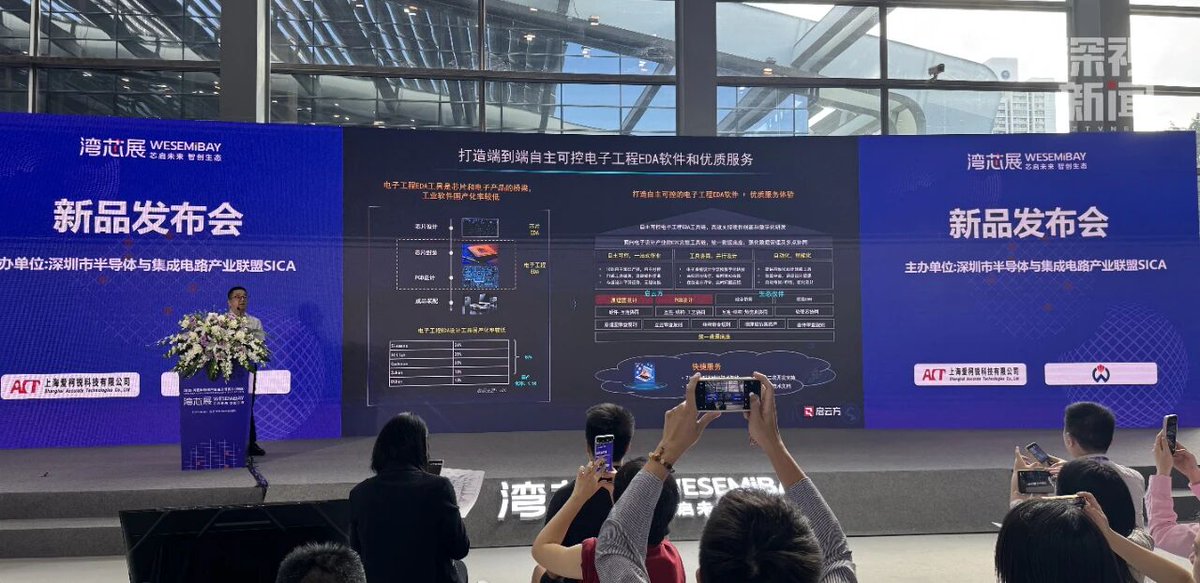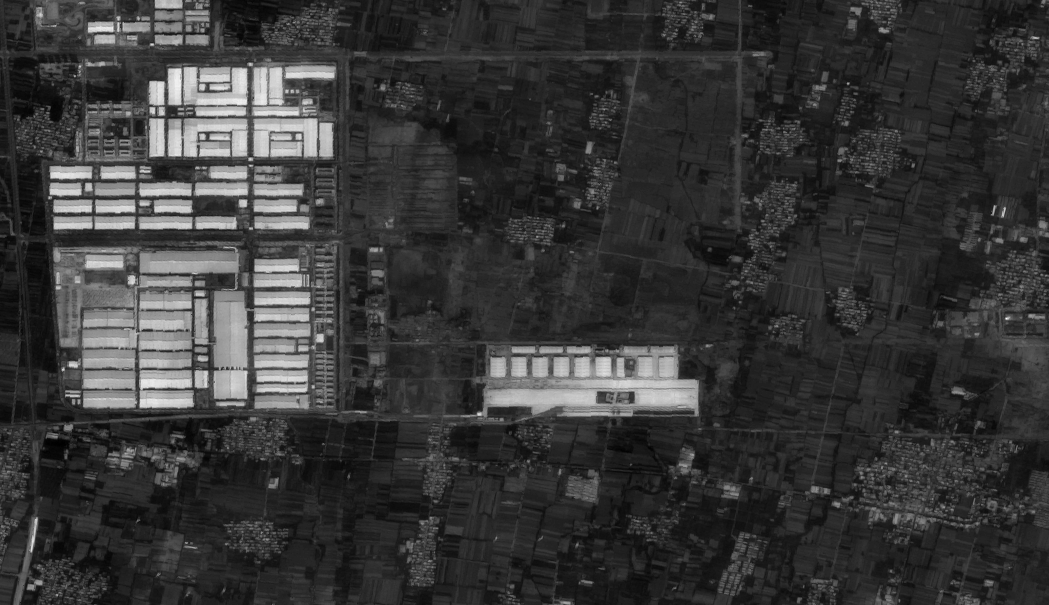@Tesla's Investor Battery Day is rumored to announce a "Terafactory" for terawatt-hours of battery production. A Terafactory theoretically would produce over a terawatt-hour of battery capacity (1,000 GWh). This isn't possible. Let's put 1,000 GWh into perspective...
1,000 GWh is ~20x the current capacity of Panasonic’s production at Gigafactory Nevada, and ~15x times current global EV battery production. A terafactory won't be possible for many years. For one, the supply chain isn't there, especially in North America.
The world would still need 5 terafactories and ~12 years to electrify 99% of cars on the road if 5 terafactories miraculously appeared overnight. This doesn't even account for stationary power battery production.
At Battery Day, Tesla may announce it will start producing its own cells, but likely won't be able to produce 1 GWh until 2022. Supply chains are tricky in the battery world, especially if Tesla stays with a cobalt cathode, and even more difficult in North America.
It won't be until at least 2H 2023 for Tesla to get prices of its own cells sub-$100/kWh. Tesla should focus on making EV/PV/ESS and let the Asian battery makers do what they do best. Things could get messy and capital intensive if it tries diving into battery cells headfirst.
• • •
Missing some Tweet in this thread? You can try to
force a refresh













